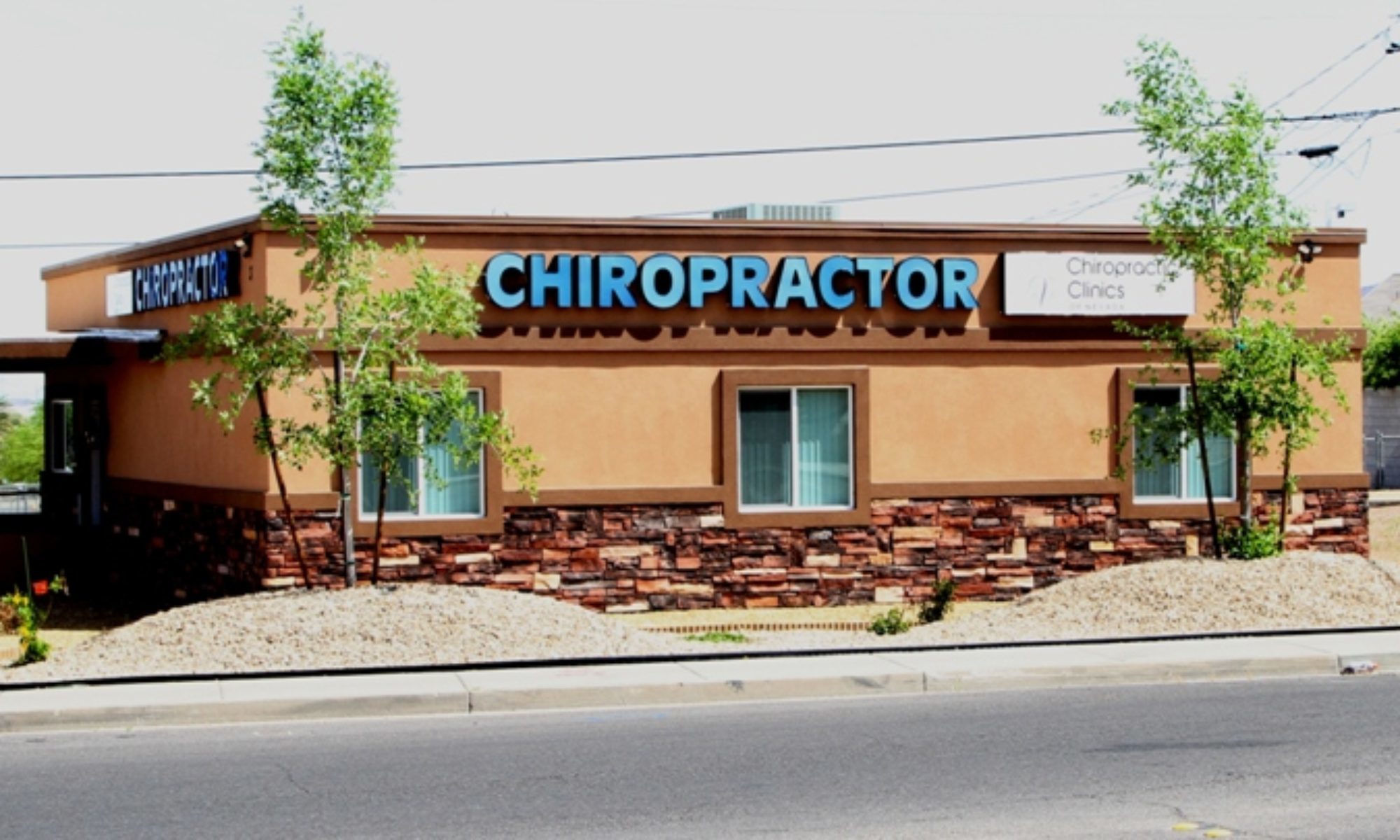You may have heard of the LAP-BAND® System. It is basically an inflatable (with water) band placed around the opening to the stomach. It reduces the amount of food the stomach can hold and makes you feel full faster. It’s approved by the FDA for those who are roughly 100 pounds overweight. However, a recent FDA advisory panel voted 8 to 1 to make the procedure available for those with a much less severe weight problem.
The exact criteria used to determine whether or not a less overweight person would qualify for the surgery are complicated, but a fair estimate would include those who weigh only an extra 65 pounds. The FDA doesn’t always accept the recommendations of an advisory panel but it does more often than not. If the FDA accepts this advice, roughly 27 million adults will be eligible for the LAP-BAND System.
One study found that the majority of the 149 participants lost 33 percent of their excess weight in the first year after Lap-Band surgery, but critics are warning that allowing 27 million adults to get this surgery would be a mistake. Why?
It has not been tested on anyone outside the current approval limitations.
Long-term European studies show an increase in complications and failure rates over time. In fact, even a 2007 study funded by Allergan (the makers of the Lap-Band) found that up to 76 percent of patients developed complications over the first three years. The complications included leakage and infection along the Lap-Band, frequent vomiting, an inability to swallow, erosion of the Lap-Band and slippage or failure.
Weight loss tends to peak at two years.
Studies show the procedure has a 50 percent failure rate.
In November 2010, Allergan recalled 152,000 bands because of a defect.
Although many insurance companies cover the cost of the initial Lap-Band surgery, they often do not cover the surgery to get it taken out. Either the patient has to pay, or it will come out of taxpayers’ pockets.
Ironically, and perhaps most importantly, it would be hard for anyone to not lose weight following the dietary and exercise guidelines recommended to accompany Lap-Band surgery.
One of the people giving a testimonial on the Lap-Band site states that she tried every diet going and nothing worked until the Lap-Band. Aside from making it impossible to not cut down on portion size, the recommendations on follow-up for the surgery include no junk food, no sugar, lots of protein, lots of exercise, and so on. Did the person try that? It’s more likely they didn’t because, really, there’s virtually no way you could avoid losing significant weight if you did that. You may have a medical condition that prevents success, but that condition would not get addressed by the Lap-Band.
All in all, getting on the right diet and exercise program, and addressing any health issues that are preventing you from losing weight, may be a better way to go than gastric surgery.
SOURCES: LapBand, http://www.lapband.com/en/live_healthy_lapband/months_beyond/lifestyle_guidelines
Women’s Enews, http://womensenews.org/story/health/101207/fda-panels-ok-lap-band-surgery-stirs-critics?page=0,0

